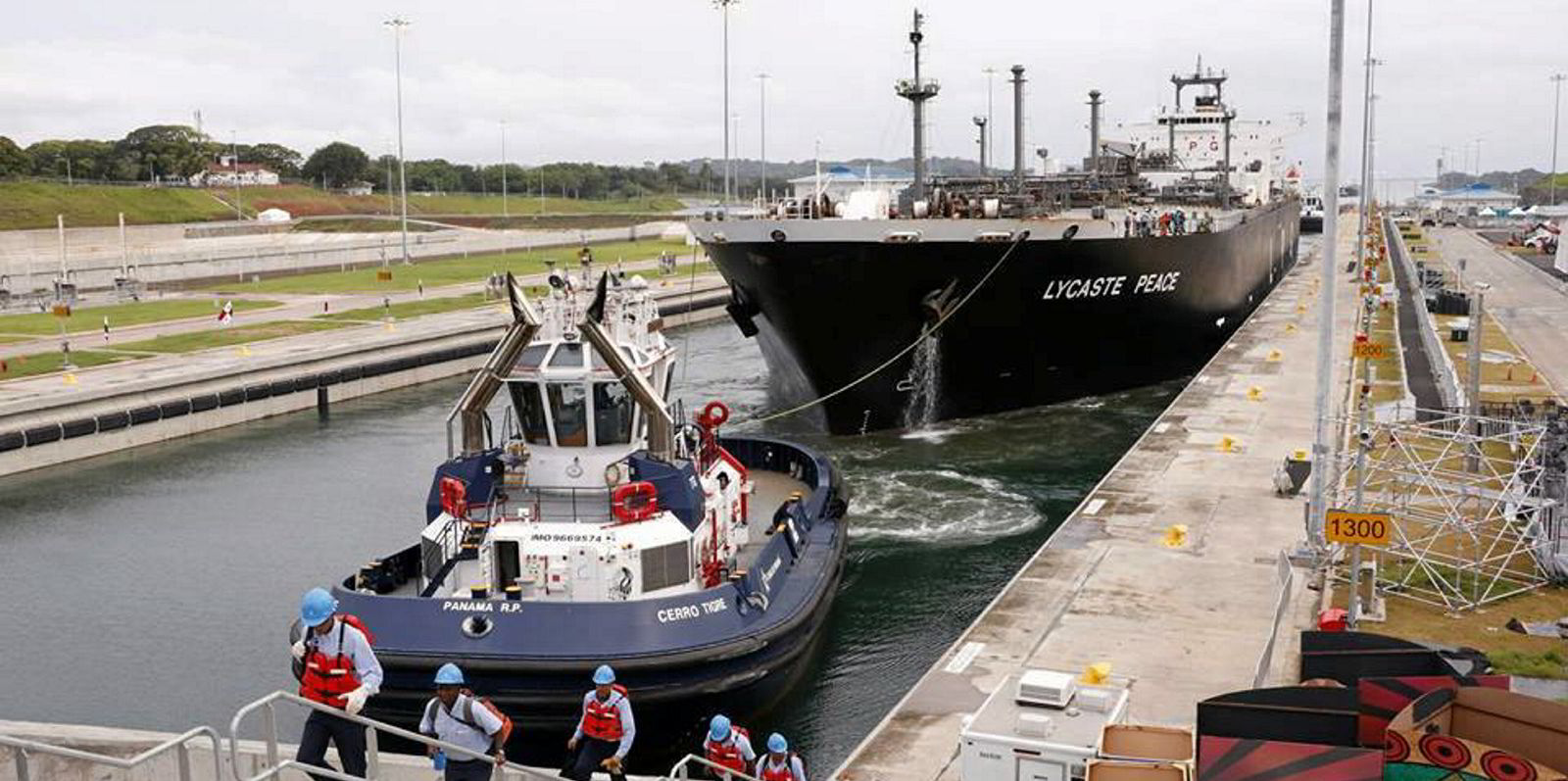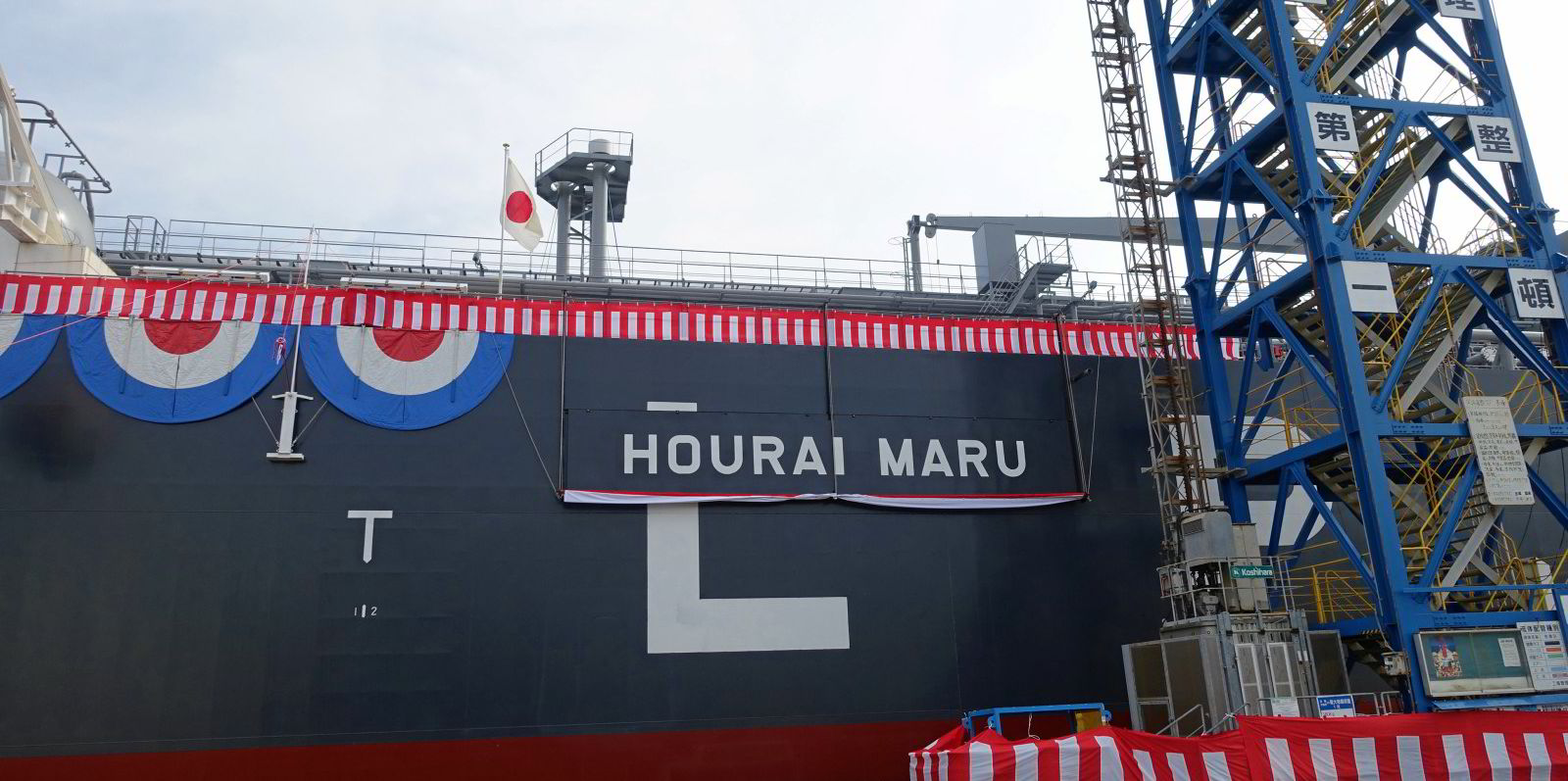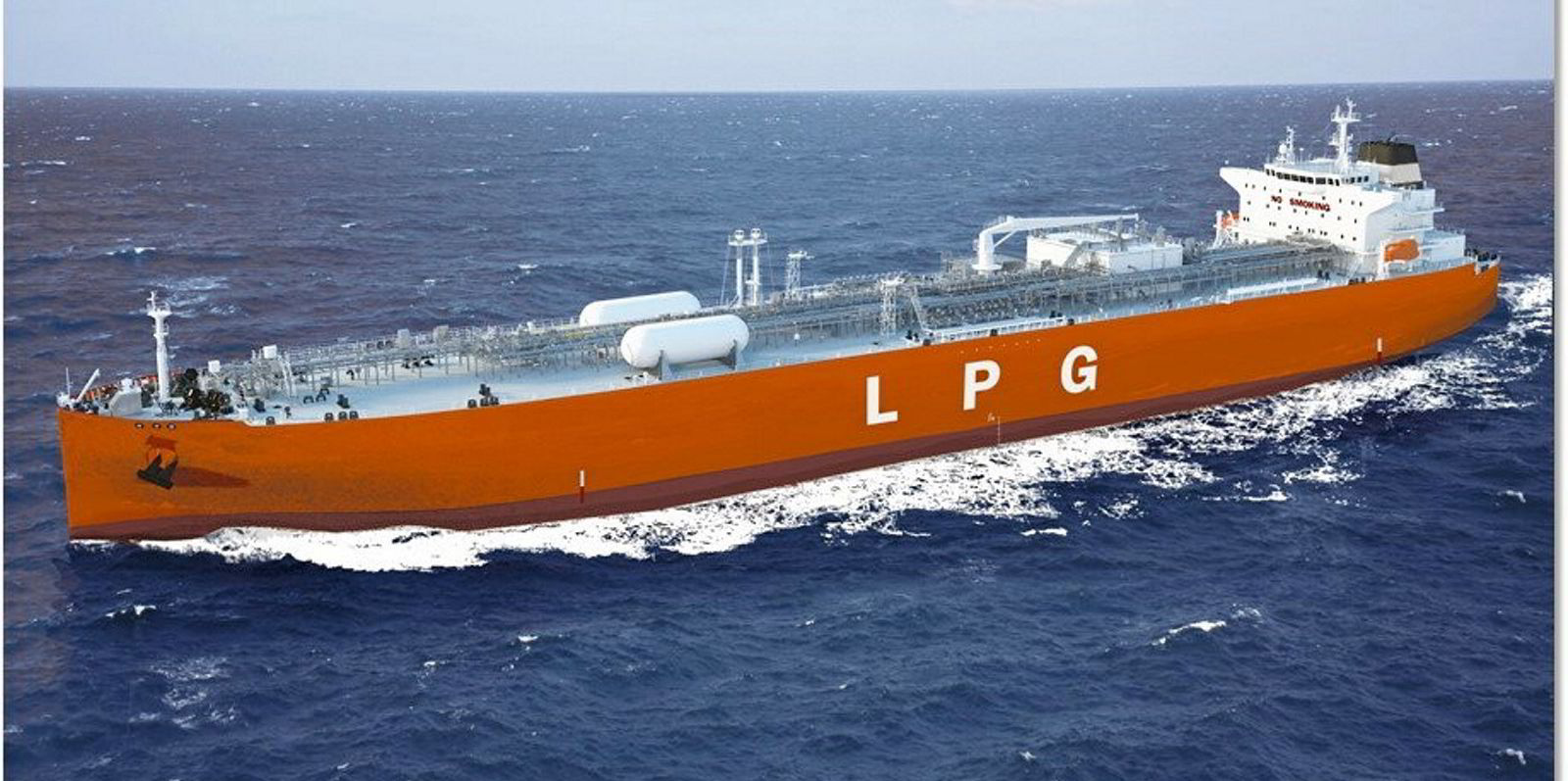A faster-than-expected rise in US LPG production and growing Asian demand, coupled with likely Panama Canal delays for VLGCs, are expected to support LPG freight rates in 2022, according to Poten & Partners.
Speaking in a webinar, Poten senior LPG analyst Zahid Afzal said the brokerage has increased its 2021 forecasts for US LPG exports as US shale producers are showing signs of wanting to ramp up production faster in response to higher oil prices.
The broker now expects US LPG exports to climb to 54 million tonnes per annum in 2022 and 57 mtpa next year.
Middle East production is forecast to exceed 40 mtpa this year.
Asian imports are expected to grow by 7%, which will help draw US cargoes long-haul, increasing tonne-mile demand. Petrochemical demand in Europe is also forecast to rise.
Afzal said another positive for VLGCs is the unpredictable delays at the Panama Canal, together with the booking rule changes for the waterway in January 2021. This meant VLGCs could only apply for slots 14 days before sailing, contributing to significant delays for vessels, he added.
The average waiting time for unbooked VLGCs was 12 days in 2021, he said, compared with 10 days in 2020. But it exceeded 20 days many times last year.
Afzal highlighted other factors that could prove positive for freight rates.
He said 48 VLGCs are due for mandatory special surveys in 2022, which will take tonnage out of the market.
LPG freight rates have been under “quite a bit of pressure” this year, Afzal said.
He highlighted that spot freight rates for VLGCs trading from the Middle East to Japan fell from about $74 per tonne at the end of 2021 to $47 per tonne in the second week of February.
This is largely due to low demand ahead of Chinese New Year in early February and high US LPG prices.
Afzal said there was a similar drop-off in rates at this time last year, but the drop was particularly steep in 2021.
Market players are not expecting similar declines this year or in 2023, he said, but there could be fresh downward pressure on VLGC freight rates in 2023.
He said three VLGCs have been delivered so far this year, with 16 more scheduled for handover.
In 2023, however, Afzal said 46 are due for delivery, which will bump up the VLGC fleet by 20% to 385 vessels.
Increases in Middle East exports could reduce tonne-mile, he said, and delays to Chinese propane dehydrogenation plant start-ups could add further downward pressure.
On the plus side for rates, Afzal said 32 VLGCs, equivalent to about 10% of the fleet, are over 25 years old, and could be scrapped or used for storage.
He said port congestion, especially in China and India, could tie up vessels.
And incoming emissions regulations, specifically the Energy Efficiency Existing Ship Index, may force the slow steaming of older VLGCs if they are to comply.







